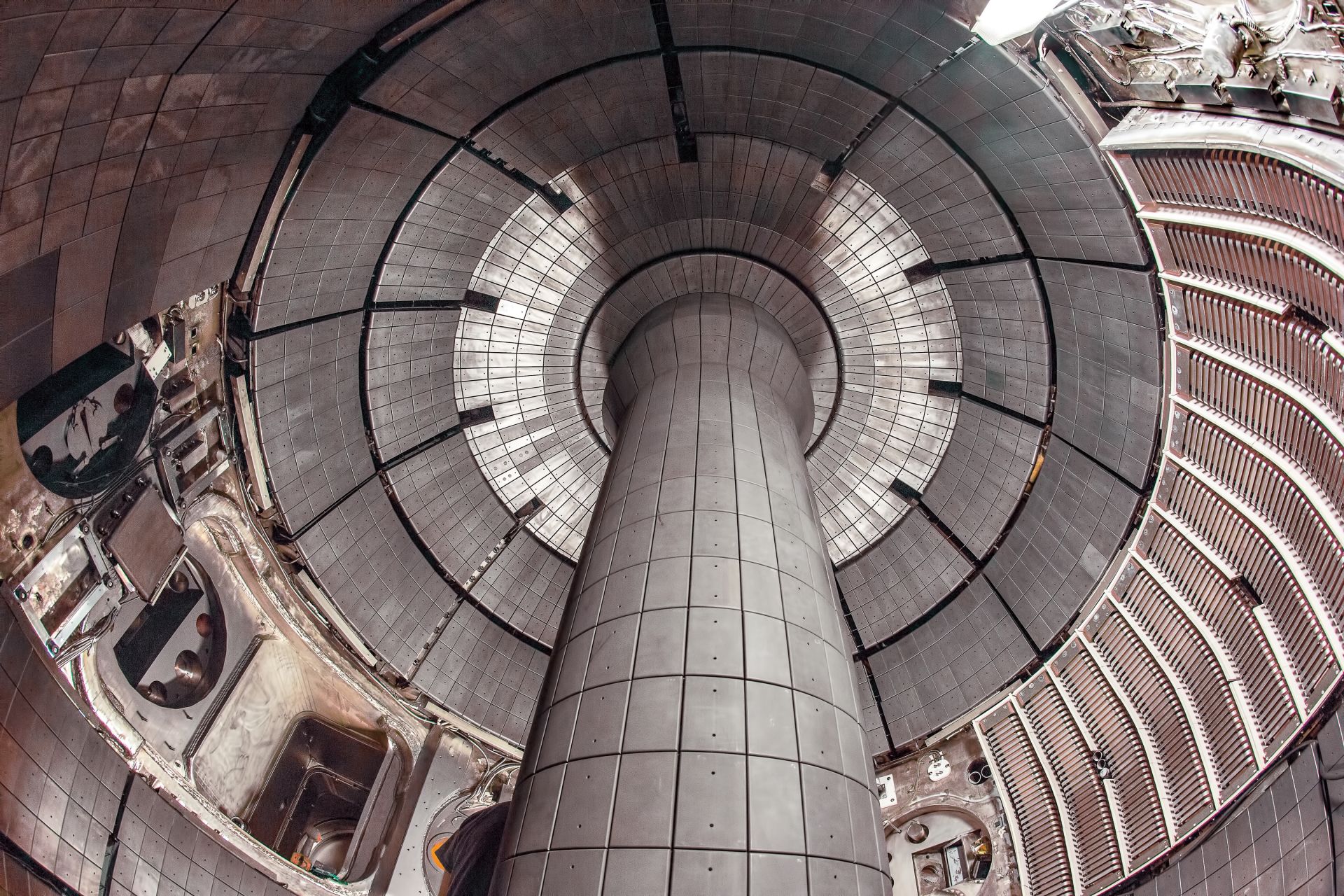A microreactor at every rest stop?

The MiFi-DC as portrayed in a video released by Argonne.
Electrifying the nation’s trucking industry could reduce consumption of fossil-based diesel fuel, but it would also pose new challenges. A cross-country 18-wheel truck needs five to 10 times more electricity than an electric car to recharge its battery. Where will that electricity come from?
A team of engineers at Argonne National Laboratory has designed a microreactor called the MiFi-DC (for MicroFission Direct Current) that they say could be mass-produced and installed at highway rest stops to power a future fleet of electric 18-wheelers.
Nuclear News reached out to the MiFi-DC team to learn more. The team, led by Derek Kultgen, a principal engineer at Argonne who also leads the lab’s Mechanisms Engineering Test Loop, responded to questions by email. While they emphasized that much more needs to be done before the MiFi-DC could become a fixture at rest stops across the country, the information the team shared sheds some light on the process of designing a tiny reactor for a specific purpose.



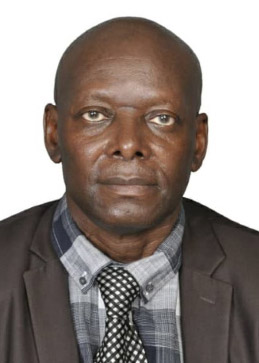
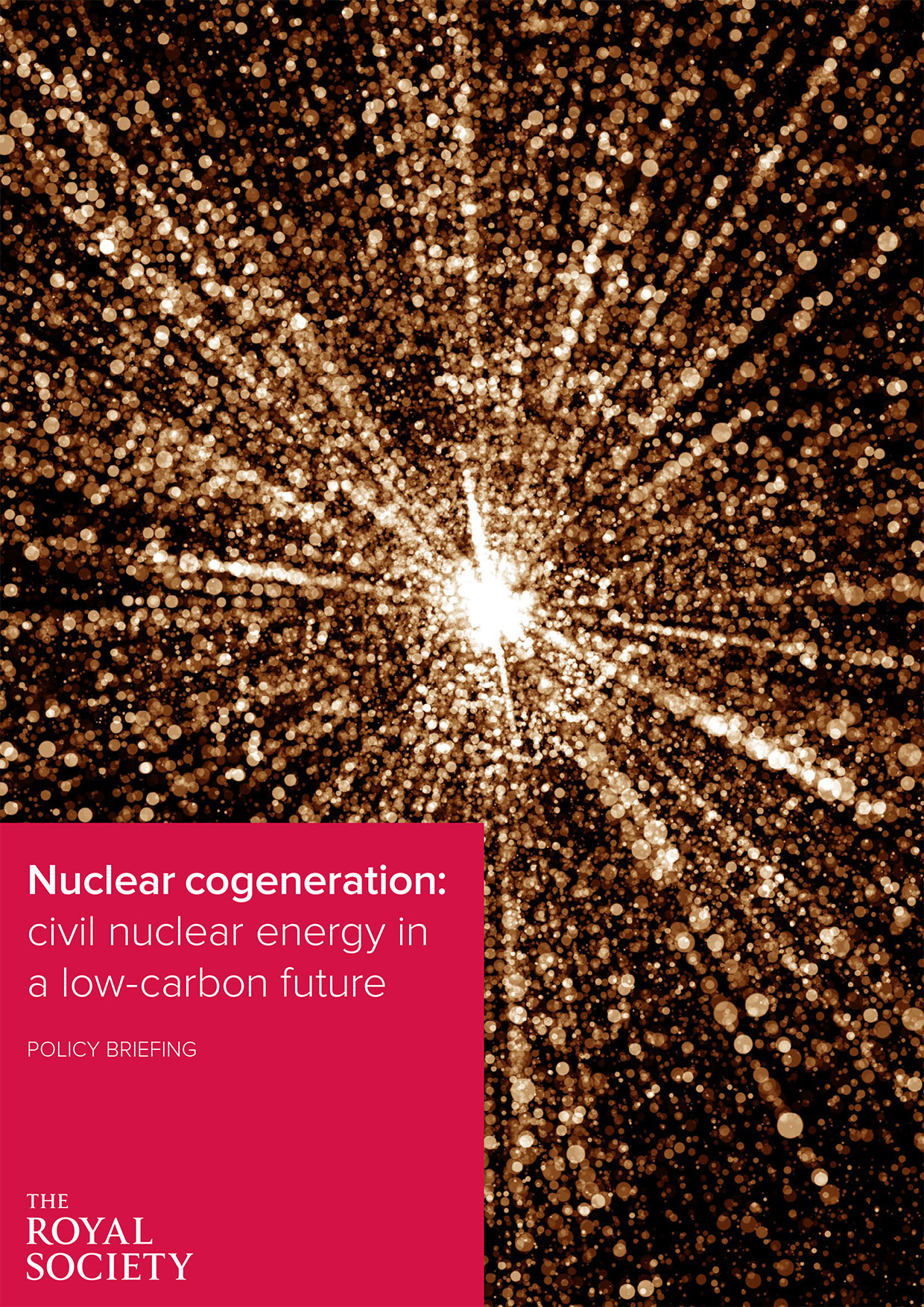 The future of nuclear energy is in cogeneration, according to a policy briefing released on October 7 by the United Kingdom’s Royal Society. (The equivalent of the United States’ National Academy of Sciences, the Royal Society, founded in 1660, is the oldest scientific institution in continuous existence.)
The future of nuclear energy is in cogeneration, according to a policy briefing released on October 7 by the United Kingdom’s Royal Society. (The equivalent of the United States’ National Academy of Sciences, the Royal Society, founded in 1660, is the oldest scientific institution in continuous existence.)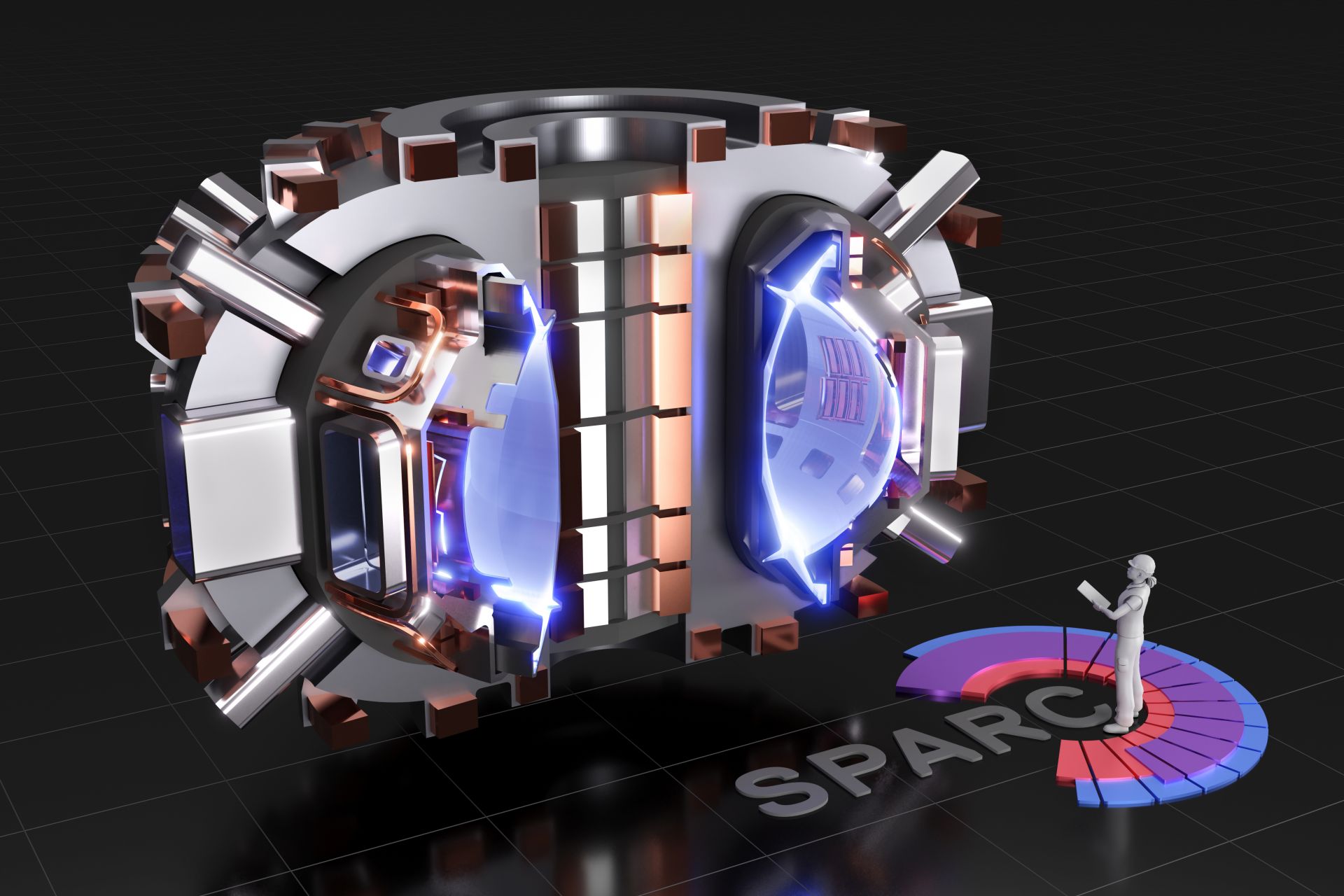
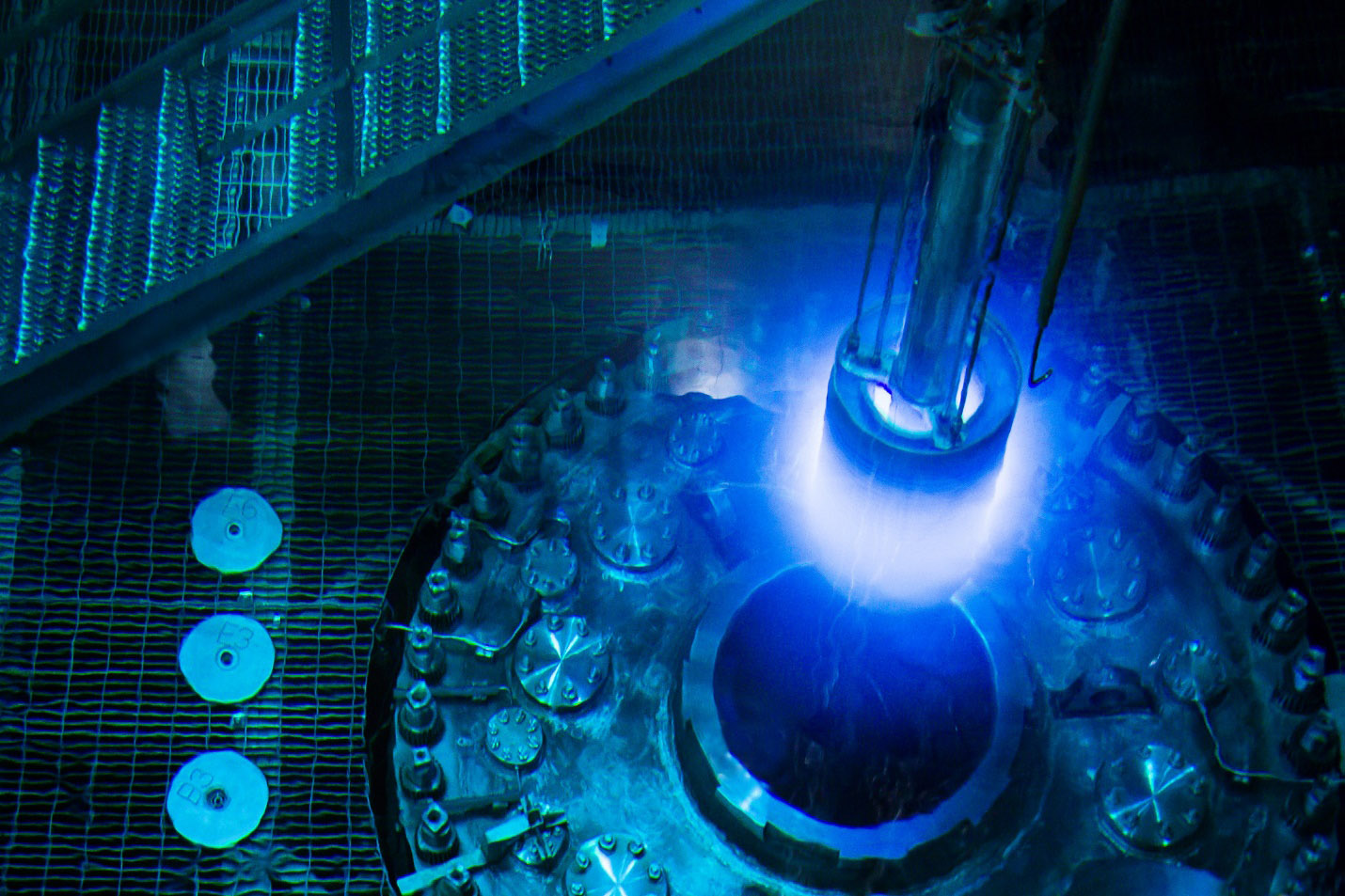

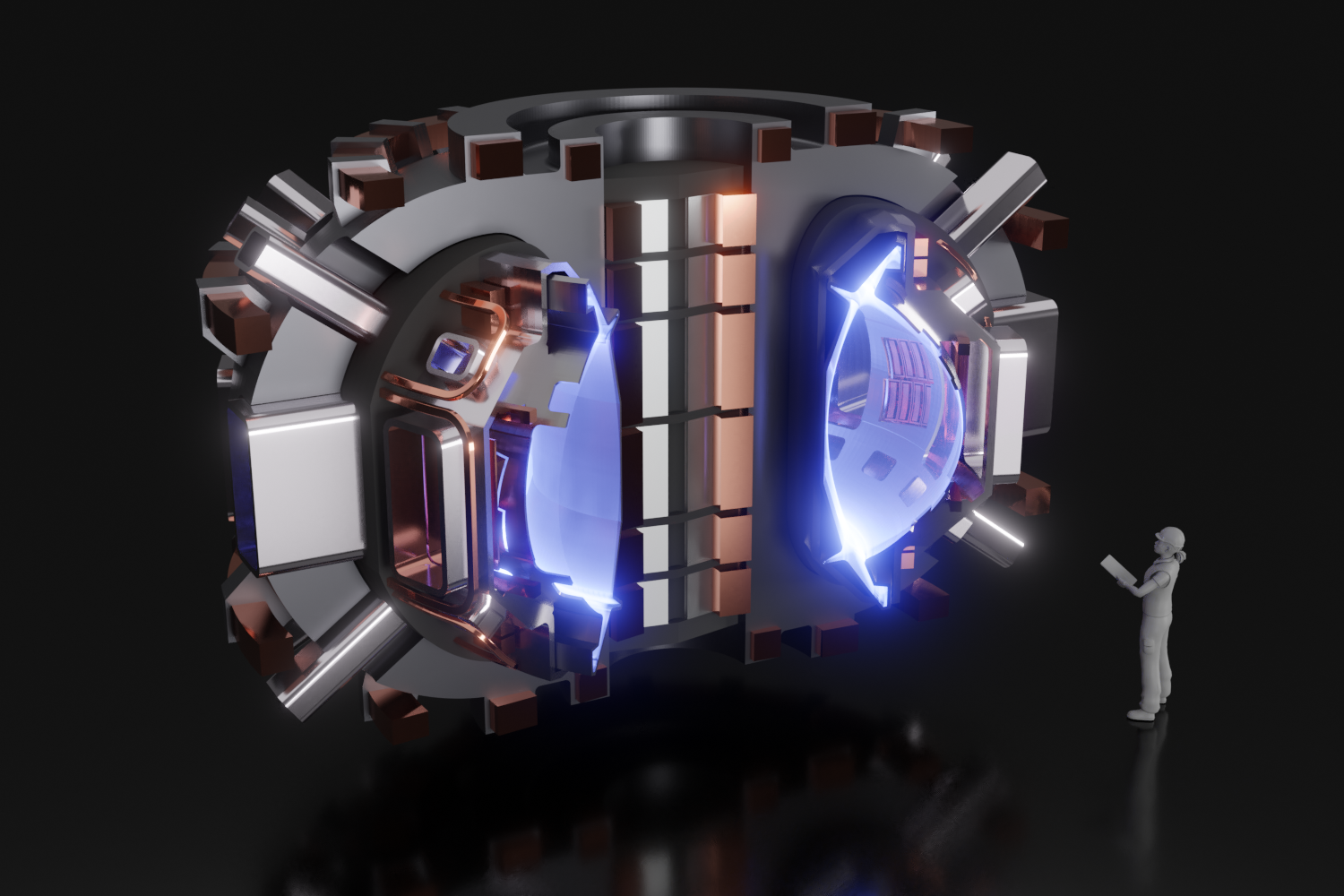
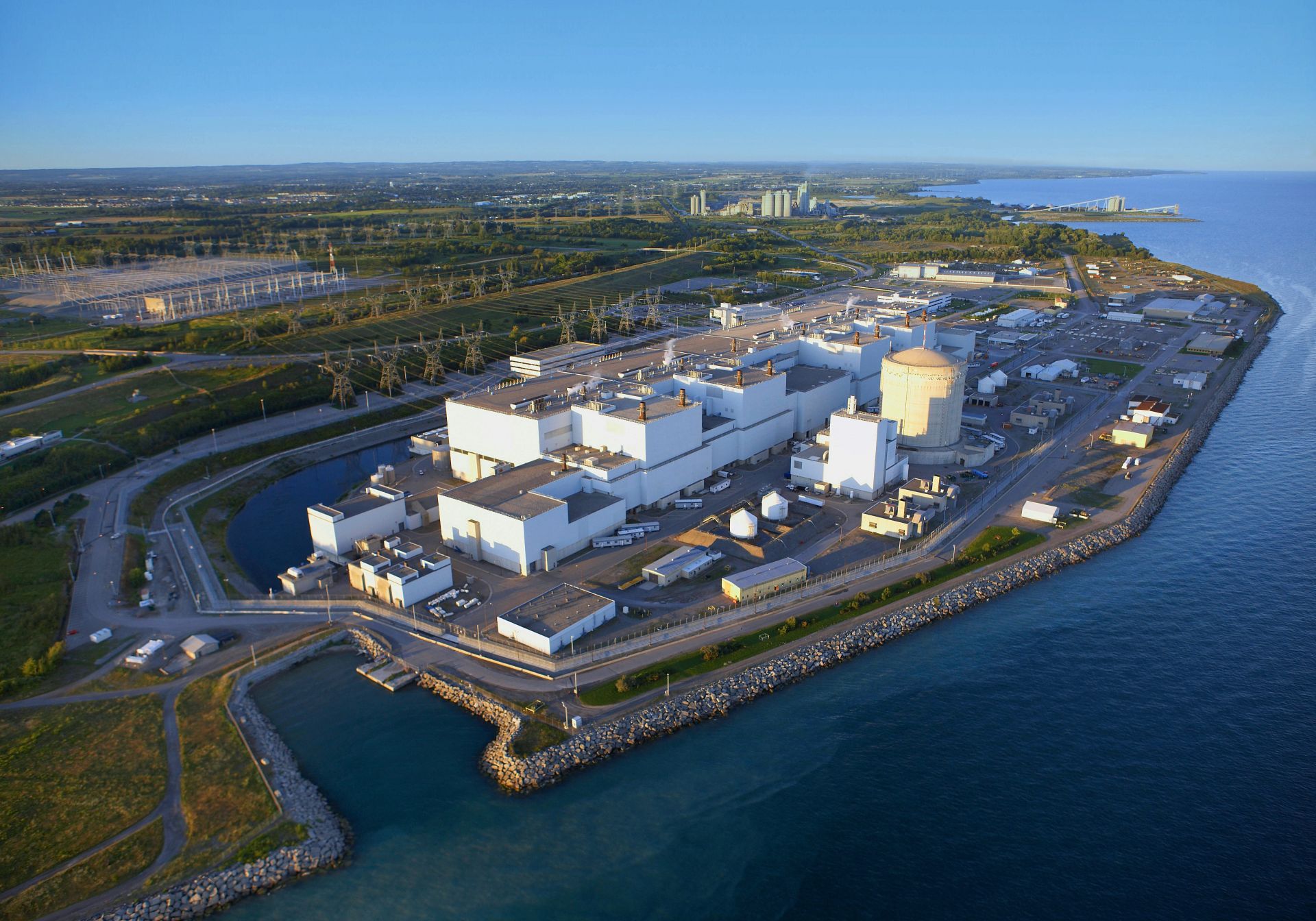
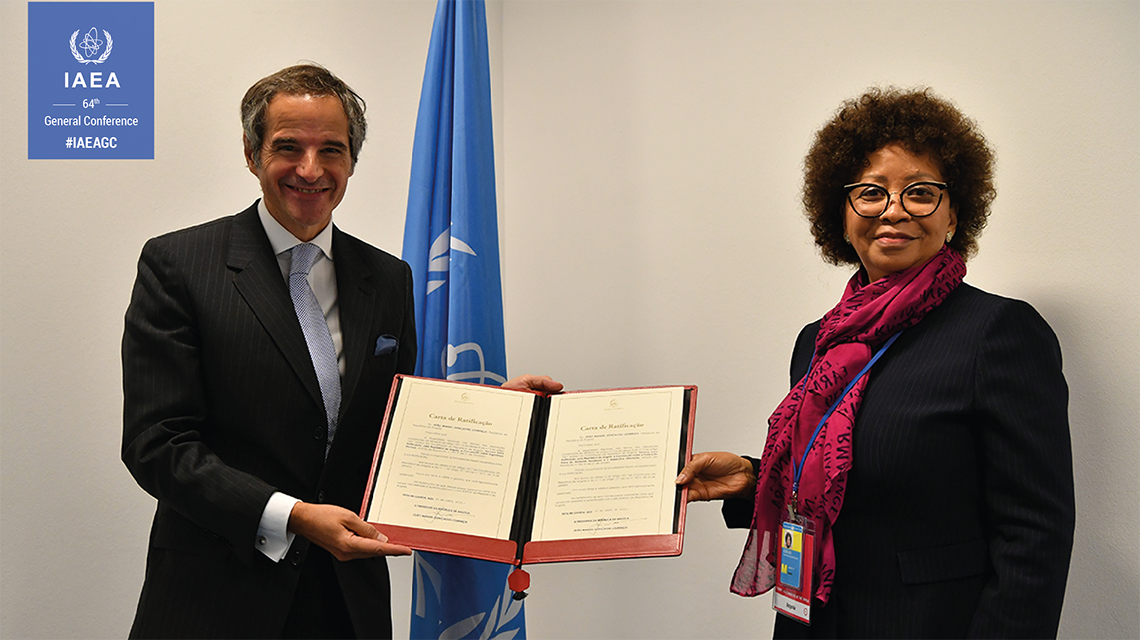
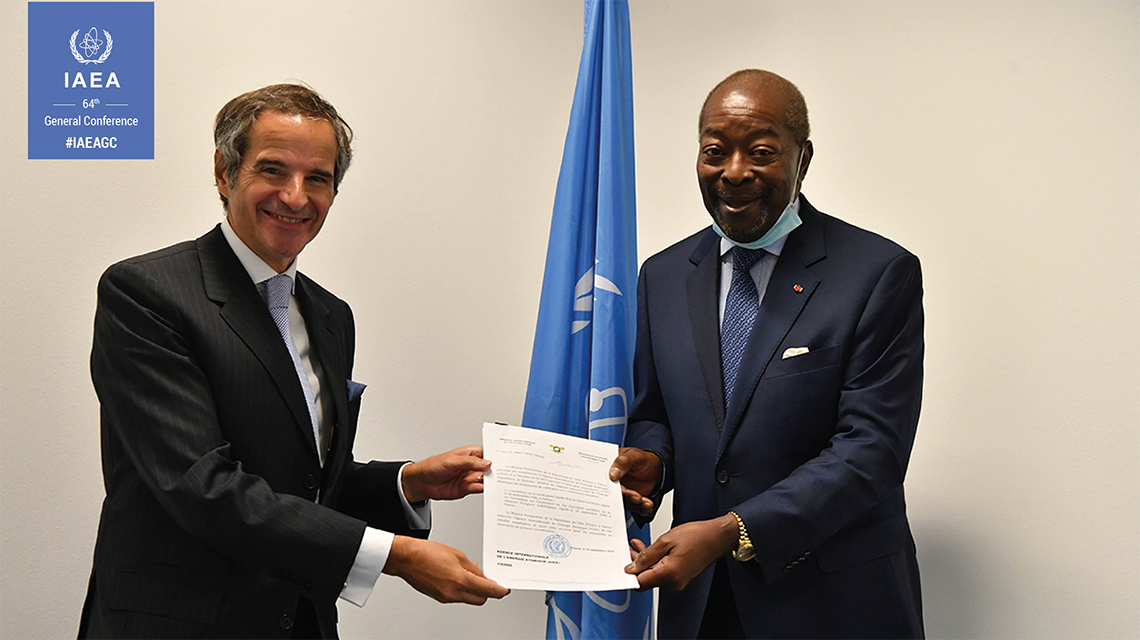
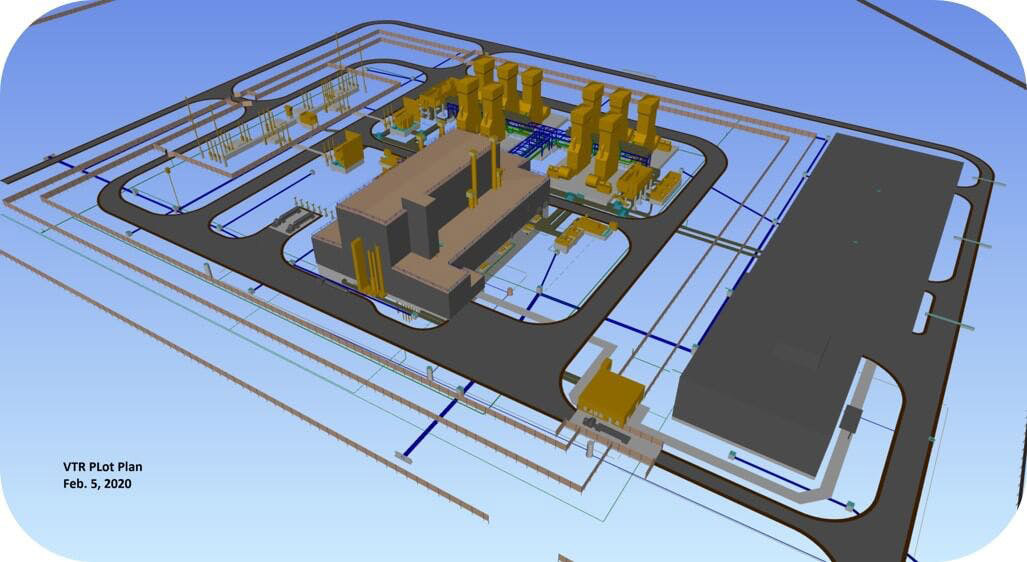
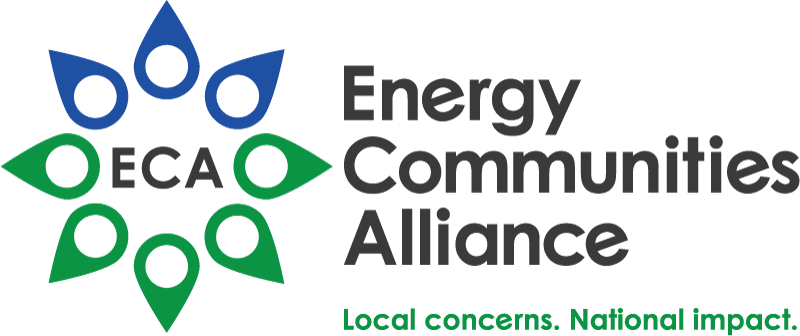 The board of directors of the Energy Communities Alliance (ECA), an organization known more for its work in advancing the cleanup of Department of Energy sites, is launching a
The board of directors of the Energy Communities Alliance (ECA), an organization known more for its work in advancing the cleanup of Department of Energy sites, is launching a 